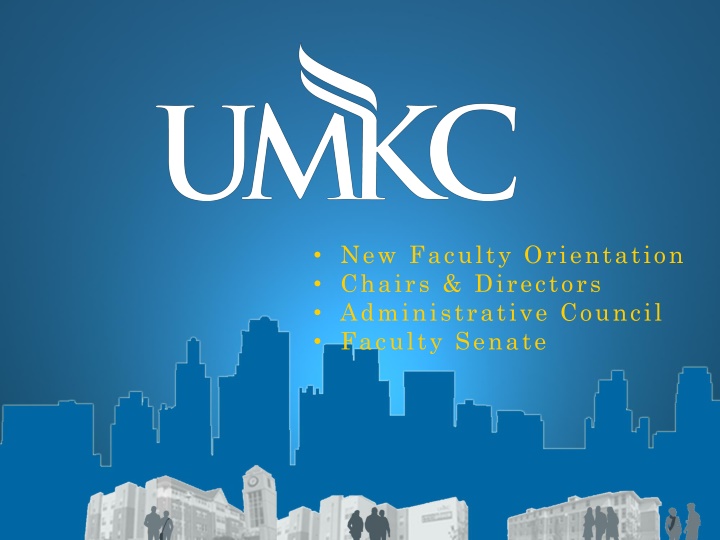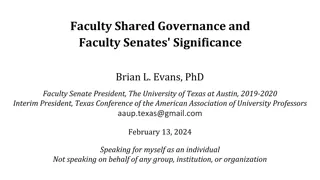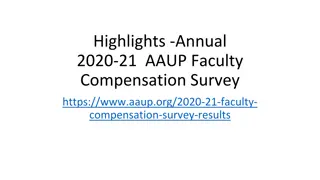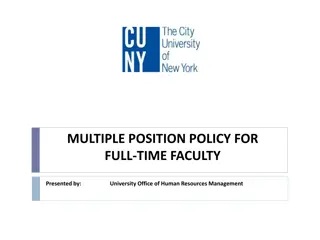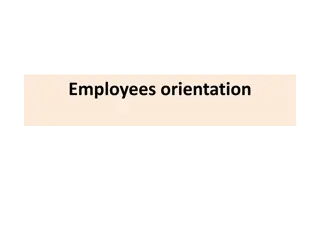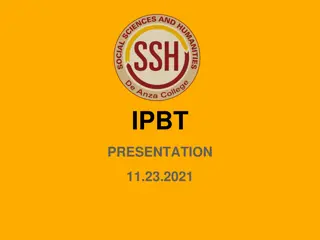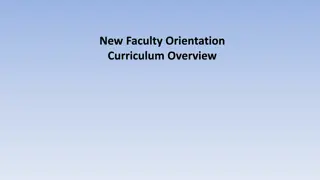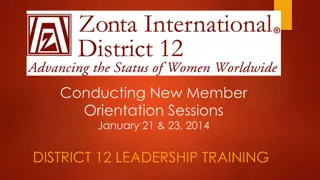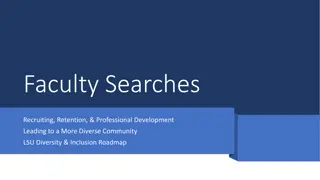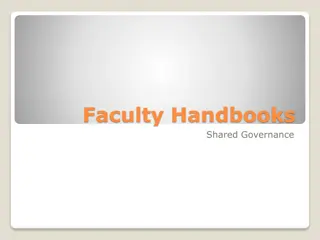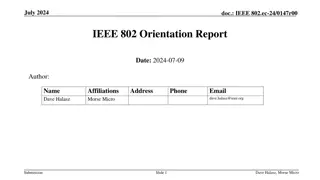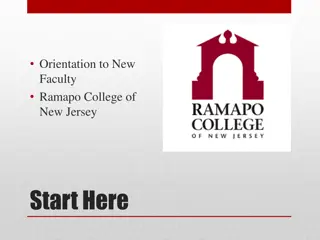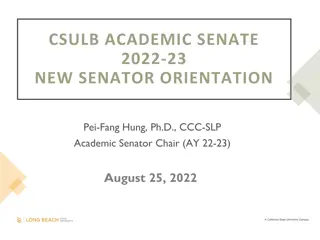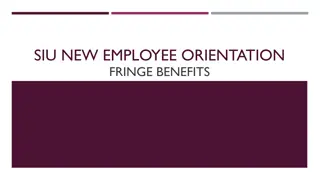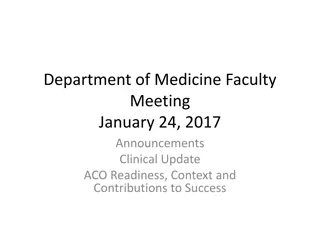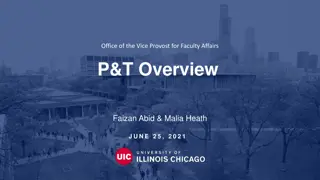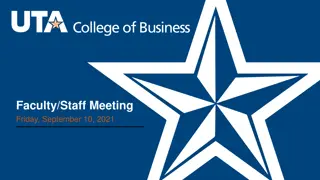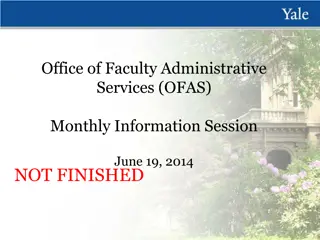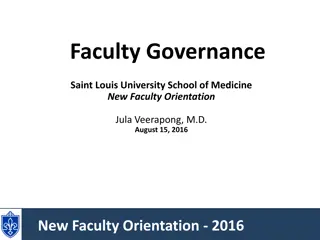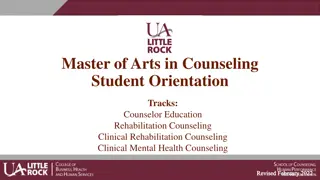• New Faculty Orientation
Take a deep dive into the administrative structures like the Chairs, Directors, and Faculty Senate at the New Faculty Orientation. Understand the framework guiding decision-making in the academic environment and how these positions influence the direction and policies of the institution.
Download Presentation

Please find below an Image/Link to download the presentation.
The content on the website is provided AS IS for your information and personal use only. It may not be sold, licensed, or shared on other websites without obtaining consent from the author.If you encounter any issues during the download, it is possible that the publisher has removed the file from their server.
You are allowed to download the files provided on this website for personal or commercial use, subject to the condition that they are used lawfully. All files are the property of their respective owners.
The content on the website is provided AS IS for your information and personal use only. It may not be sold, licensed, or shared on other websites without obtaining consent from the author.
E N D
Presentation Transcript
New Faculty Orientation Chairs & Directors Administrative Council Faculty Senate
The Once and Future University We are all capable of learning It s the basic element of evolution and adaptation Throughout history, in caves and guilds and on the city square, people learned just in time, just in place and just as needed Barbarians and the Roman Empire The academy as conservatory
How Do You Define Systematic Oppression? Unintended Consequences of Conservatory Conservatory as Gatekeeping with students left outside the gates The Story of the University of Missouri System in 2015-16 This is how the revolution begins
Pressures to Change Huge Infrastructure Shifting Student Demographics Shrinking Revenues Calls for Accountability Disruptive Technologies (though not in the ways we read about )
Impact of the Internet Conservatory in the Cloud Education Defined Quality = Interactivity and Engagement Re-definition of Expertise Making the Connection between Learning and Research Customization of Programs and Services Use of Big Data Disaggregation of Infrastructure More and More Aggressive Competition
Back to the Future Bridges, not Gates Students today sacrifice more to learn than any other generation in history. Students are capable of learning lack of prep is system failure Mass Customization Just in time, just in place, just as needed Great Instruction Has Always Been Highly Engaging Steve Jobs on Apple s Key to Success Get technology out of the way so people can do what they want to do Big Data (Learning Analytics) Big data will unravel mystery behind failure and how to engineer success Professionalization of the Professorate
Provosts Vision: Model 21stCentury Public Urban Research University Research: Data-driven in all operations Quality Curriculum Based on research and current knowledge base Governed by well-prepared and well-supported faculty Public: Flexible formats Highly engaging Accessible and affordable to diverse constituents Get infrastructure barriers out of the way of learning Shared services for good stewardship and synergy of strategy and operations Urban: Addresses significant social needs through signature opportunities In collaboration with and in service of key constituencies Addresses core competencies of the 21st Century Engages in interdisciplinary thinking to address complex systems
The purpose of reorganization Goal = Create an administrative structure that positions UMKC best for success now and in future, by strengthening our ability to serve our academic mission: Promote interdisciplinarity for cutting-edge research, teaching, service Support research Foster student engagement in curricular and co-curricular experiences Facilitate efficient effective use of resources Minimize/eliminate infrastructure barriers Meet critical social needs through signature opportunities
